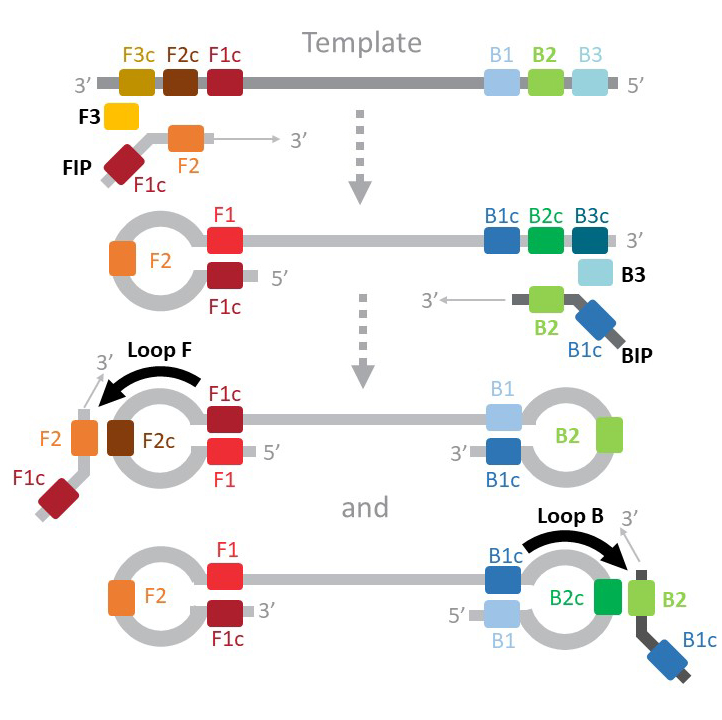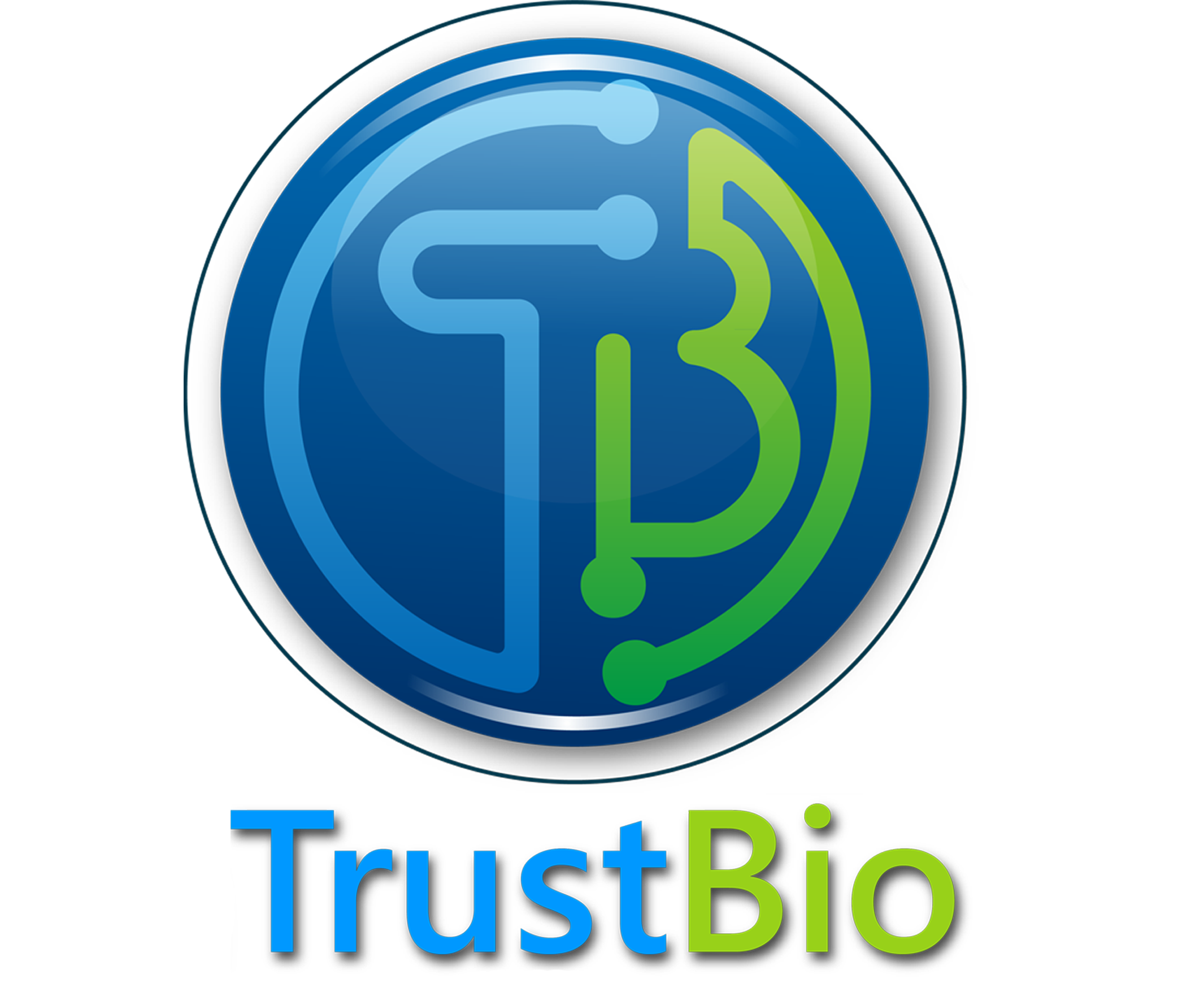eLAMP (enhanced Loop-Mediated Isothermal Amplification) technology is optimized by the TrustBio research team based on the LAMP technology. eLAMP can rapidly and specifically amplify DNA or RNA at a constant temperature and can produce results in as little as 15 minutes. Due to its simplicity, speed, and cost-effectiveness, this technology is particularly suitable for point-of-care testing (POCT).
Key Features of eLAMP Technology
- Isothermal Amplification: Unlike traditional PCR (Polymerase Chain Reaction) which requires thermal cycling, eLAMP operates at a constant temperature, typically between 60-65°C. This eliminates the need for complex and expensive thermal cyclers.
- Speed: eLAMP can produce results in as little as 15 minutes, making it much faster than traditional PCR methods.
- Simplicity: The reaction setup for eLAMP is straightforward and can be performed with minimal training, making it ideal for use in clinics or in settings with limited laboratory infrastructure.
- Sensitivity and Specificity: eLAMP is highly sensitive and can detect low levels of target nucleic acids. The use of multiple primers (typically 4 to 6) ensures high specificity, reducing false positives.
How eLAMP Works

- Primer Design: eLAMP uses a set of 4 to 6 specially designed primers that recognize distinct regions on the target DNA or RNA. These primers include forward and backward inner primers (FIP and BIP) and forward and backward outer primers (F3 and B3).
- Initiation: The outer primers initiate the synthesis of the DNA strand, which is then displaced by the inner primers. This creates single-stranded DNA loops at each end.
- Strand Displacement: DNA polymerase with strand displacement activity synthesizes new DNA strands by displacing the existing strands. This process creates a series of looped DNA structures.
- Exponential Amplification: The looped structures serve as templates for further amplification, leading to exponential growth of the target nucleic acid sequence.
- Detection: The amplified product can be detected in real-time using fluorescence methods, which offer high sensitivity.
Applications of eLAMP
- Veterinary Diagnostics: Rapid detection of pathogens in animals, crucial for disease management in pets, livestock, and aquaculture.
- Human Medicine: Detection of infectious diseases, genetic disorders, and other conditions in clinical settings, particularly in resource-limited areas.
- Food Safety: Monitoring for contamination and pathogens in food products.
- Environmental Monitoring: Detection of pathogens or genetic material in environmental samples such as water or soil.
Advantages of eLAMP over Traditional Methods
- No need for thermal cycling: Simplifies the equipment requirements and reduces costs.
- Rapid results: Suitable for point-of-care and emergency testing.
- High sensitivity and specificity: Ensures accurate detection with minimal false results.
- User-friendly: Can be used by non-specialists in various settings.
TrustBio's eLAMP technology is a powerful tool for molecular diagnostics, providing a reliable and efficient method for nucleic acid amplification and detection across various applications.


